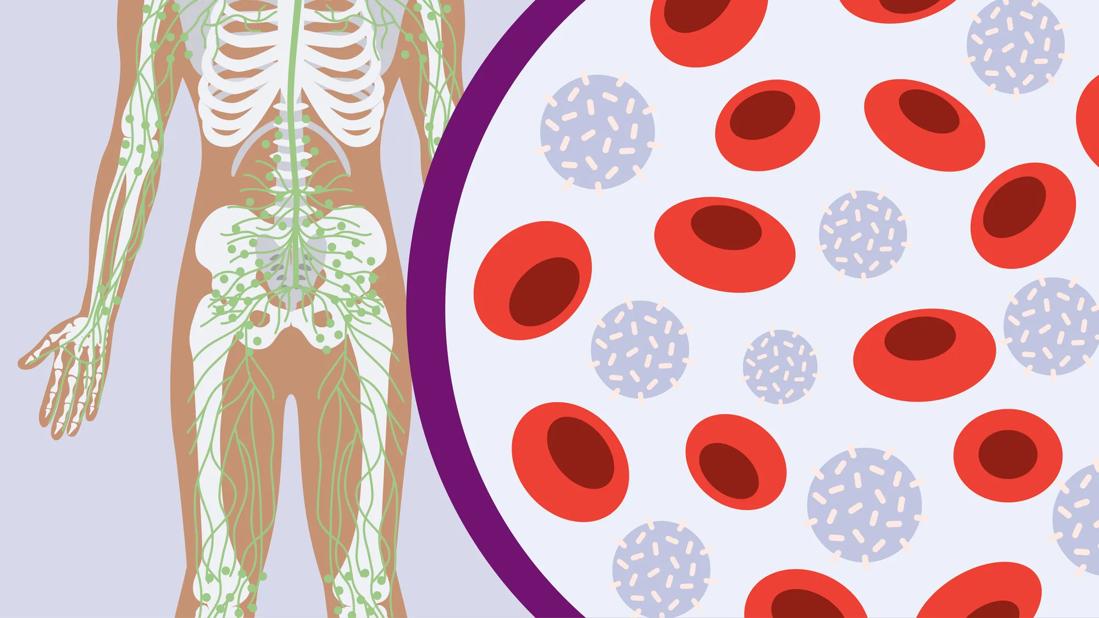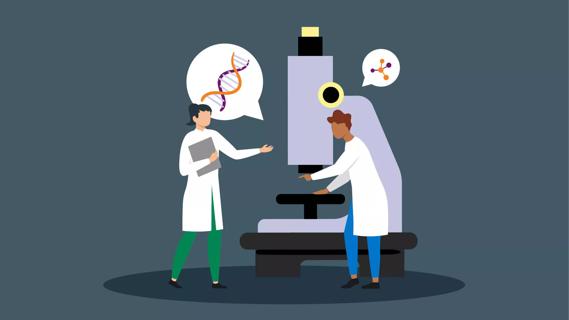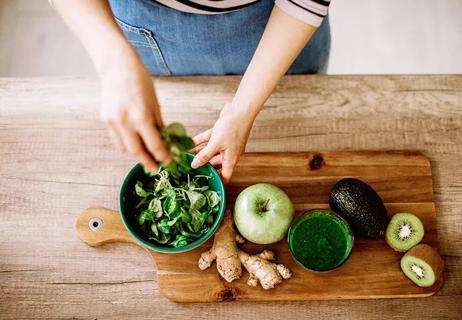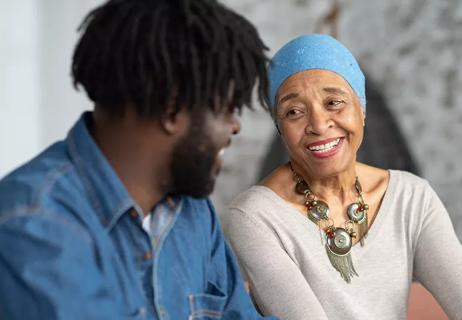Both leukemia and lymphoma are blood cancers — but one is found in your bone marrow, while the other is found in your lymph nodes

Leukemia and lymphoma are two of the most recognized and feared names in cancer. They’re both cancers that arise in your blood cells. But they aren’t the same.
Advertisement
Cleveland Clinic is a non-profit academic medical center. Advertising on our site helps support our mission. We do not endorse non-Cleveland Clinic products or services. Policy
The names are easy to confuse, and the ways they affect you can be similar. But understanding which is which can help you make sense of a diagnosis and know what to expect next.
Here’s what to know about leukemia vs. lymphoma.
Both leukemia and lymphoma are forms of blood cancer that affect your white blood cells — but leukemia is found in your bloodstream, while lymphoma is often found in your lymph nodes and lymphatic system. That’s the network of organs and tissues in your body that protects you against infection and gets rid of waste and toxins.
“Leukemia and lymphoma are related, kind of like cousins,” explains hematologist Aaron Gerds, MD. “They share some similarities, and several have some resemblance, but there are a lot of differences, too.”
Here’s a quick look at each before we go into more detail:
| Leukemia | Lymphoma | |
|---|---|---|
| Location | Blood | Lymphatic system |
| Tumors | Rarely | Commonly |
| Where it starts | Bone marrow | Lymph nodes |
| Effect on white blood cells | Creates faulty white blood cells, growing out of control | Creates faulty white blood cells, growing out of control |
| Location | ||
| Leukemia | ||
| Blood | ||
| Lymphoma | ||
| Lymphatic system | ||
| Tumors | ||
| Leukemia | ||
| Rarely | ||
| Lymphoma | ||
| Commonly | ||
| Where it starts | ||
| Leukemia | ||
| Bone marrow | ||
| Lymphoma | ||
| Lymph nodes | ||
| Effect on white blood cells | ||
| Leukemia | ||
| Creates faulty white blood cells, growing out of control | ||
| Lymphoma | ||
| Creates faulty white blood cells, growing out of control |
Here’s one simple way to think about it: Leukemia is a liquid kind of cancer that’s pumped around your body in your blood. It doesn’t cause tumors. Lymphoma, on the other hand, is solid, is most often found in your lymph nodes and causes tumors.
Why the difference? Let’s look at how each leukemia and lymphoma starts out.
The blood in your body starts in bone marrow — the spongy stuff inside your bones. From there, your blood travels around your body.
Advertisement
Leukemia happens when certain white blood cells in your bone marrow stop maturing and start growing out of control. They take up space and crowd your bone marrow. That overwhelms your body’s blood production system. And it keeps you from making enough healthy white blood cells and other blood components, like plasma, platelets and red blood cells.
“Those white cells are damaged, so they can’t effectively fight infections like healthy white blood cells do. And because they prevent your body from making healthy red blood cells, you can feel weak and tired,” Dr. Gerd reports.
Lymphoma, on the other hand, doesn’t start in your bone marrow. It happens in your lymphatic system.
When you have lymphoma, specific white blood cells, called lymphocytes, multiply much too fast. Lymphocytes live in your lymph nodes — bean-shaped tissue that filters fluid in your body to help remove germs and other invaders.
You have between 400 and 800 lymph nodes all over your body. They can be found:
Lymphoma can also form in your spleen or thymus gland. The thymus is a small gland in your upper chest behind your breastbone that creates special lymphocytes called T cells.
“Anywhere you have lymphocytes, you can develop lymphoma,” Dr. Gerds states. “One of the most common early symptoms of lymphoma is swollen lymph nodes or masses in the armpit, belly or groin area. But not everyone has symptoms.”
Like in leukemia, lymphoma interferes with your body’s ability to fight off invading bacteria and viruses.
Treating leukemia and lymphoma depends on the type (cell origin), disease risk (how aggressive it is) and the stage (where it has spread).
Treatments may include:
Advancements have been made in managing both leukemia and lymphoma. Survival rates and quality of life for people with these cancers are improving.
If you or a loved one has been diagnosed with leukemia or lymphoma, it can be scary. And confusing. Don’t hesitate to ask your provider any questions you have about your diagnosis and next steps.
Advertisement
Learn more about our editorial process.
Advertisement

This cancer of the blood is rarely passed down, but genetics can help determine risk

AML chemotherapy side effects can be challenging. Here’s how to keep them in check

Diet and exercise choices to manage acute myeloid leukemia symptoms

7 tips to guide you through their treatment

There are often options, even at age 99

Rates of early-onset breast, colorectal and GI cancers are increasing, but preventive care and a healthy lifestyle can help reduce your risk

It’s important to take time for yourself as you go through your cancer journey

A support system you trust and a care team you’re comfortable with can help you adjust

If you’re feeling short of breath, sleep can be tough — propping yourself up or sleeping on your side may help

If you fear the unknown or find yourself needing reassurance often, you may identify with this attachment style

If you’re looking to boost your gut health, it’s better to get fiber from whole foods